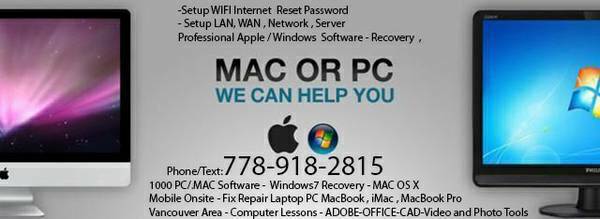

- #PARALLELS DESKTOP 13 APFS FOR MAC#
- #PARALLELS DESKTOP 13 APFS MANUAL#
- #PARALLELS DESKTOP 13 APFS MAC#
- #PARALLELS DESKTOP 13 APFS WINDOWS#
Note: Parallels Desktop 18 introduces partial support for CLI (prlctl start, stop, register, destroy, clone).Ī macOS ARM VM cannot be accessed through Parallels' prlctl and prlsrvctl command-line tools or through Parallels SDK. Command-line interface (CLI) and SDK (partially addressed in Parallels Desktop 18): Startup options/recovery mode: It is currently not possible to access startup options in a macOS ARM VM, and as a result - access many options that it provide such as recovery mode, safe mode etc.ġ2.
#PARALLELS DESKTOP 13 APFS MAC#
Mac built-in devices: A macOS ARM VM has only access to the main system's mouse and keyboard (or rather their inputs), and other devices such as DVD drives and webcams are not accessible to in macOS ARM VM.ġ1.
#PARALLELS DESKTOP 13 APFS MANUAL#
It can be set to a different value during the manual installation process (see KB 125561), but once the virtual machine is created, disk size cannot be changed.ġ0. Disk size: macOS ARM VM's disk size is 60 GB by default. USB devices: It is currently not possible to connect any USB device to a macOS ARM VM yet.ĩ.

Your Mac internet connection (wired or wireless) is accessed by the virtual machine through a virtual Ethernet connection.Ĩ.
#PARALLELS DESKTOP 13 APFS WINDOWS#
Virtual Wi-Fi adapter: Similarly to Windows virtual machines, there is no virtual Wi-Fi adapter in macOS ARM VMs. This includes consequential features such as drag-and-drop. However, you can share files between the virtual machine and the Mac using the native macOS file sharing feature.ħ. Shared folders: File sharing between the main system and a macOS ARM VM is not supported. I.e., it's not possible to change things like UUID, MAC address etc.Ħ. Please note that available options are rather limited. However, the configuration can be adjusted manually, as described in KB 128842. Configuration: There is currently no interface to adjust macOS ARM VM configuration. Additional information can be found in KB 129232.ģ. You can start your virtual machine and press the Option key, or right-click the VM name in Control Center and select Start in Recovery Mode. Enable/disable SIP: supported for macOS Ventura virtual machines only starting with Parallels Desktop 18. macOS VM works only on Mac computers with APFS disks, and running more than two such VMs simultaneously is impossible.Ģ. Here is a list of key features that are either not supported or not fully supported in macOS ARM VMs.ġ. Upon registering the VM you'll get another instance of the macOS VM in Control Center that you can use to operate with the virtual machine. Open Terminal and execute the prlctl register command (you can drag and drop the VM file directly to the Terminal window):ģ. Right-click the macOS VM in Control Center > Show in Finder.Ģ. To use the functionality described above, perform the steps below:ġ. use prlctl start, stop, register, destroy, and clone commands to work with the virtual machine from Terminal. Please note that starting with Parallels Desktop 18 you can register your macOS virtual machine in Control Center which will bring additional functionality to the operations with the virtual machine: Additional functionality added in Parallels Desktop 18 However, Parallels is working closely with Apple to expand the functionality of macOS ARM VMs.
#PARALLELS DESKTOP 13 APFS FOR MAC#
The Virtualization framework is in its early stages, and as a result, it does not yet enable many features that exist in macOS virtual machines for Mac computers with Intel processors. You can learn more about Parallels Desktop for Mac with Apple M series chips in KB 125343.

pvm that macOS virtual machines for Mac computers with Intel processors have. In contrast to the macOS virtual machines created to run on Mac computers with Intel processors, macOS virtual machines on Mac computers with Apple M series chips (macOS ARM VMs) are built using Apple's Virtualization framework, and all the virtual machines' components are managed by the framework. MacOS virtual machines on Mac computers with Apple M series Chip


 0 kommentar(er)
0 kommentar(er)
